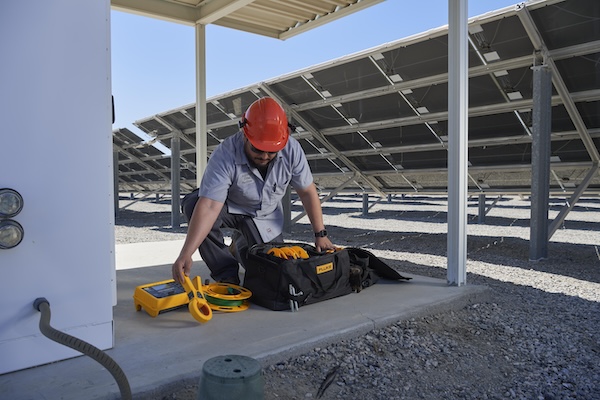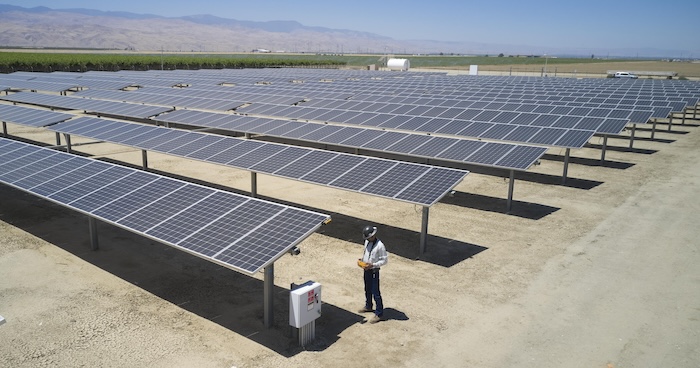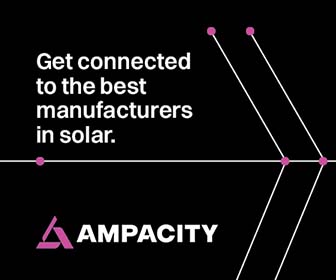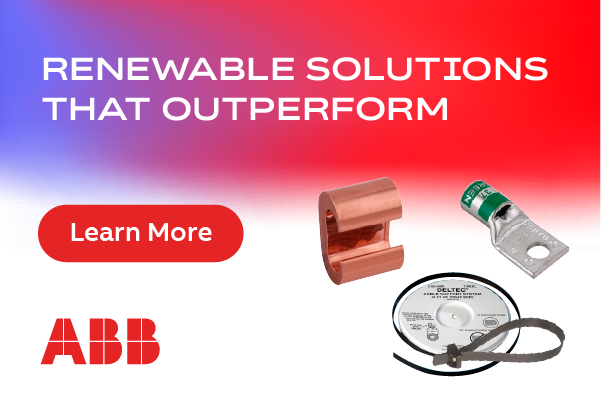Toolkits for Large-Scale Solar: The strategic advantage of standardization
operational scalability. One strategic initiative that significantly addresses these challenges is toolkit standardization. This approach not only streamlines processes but also enhances productivity, reduces costs, and maintains high quality across projects. This article explores the myriad benefits of standardizing toolkits in large-scale solar operations, and offers insights into how companies can implement these practices to achieve competitive advantages.

Increasing efficiency through standardization
Efficiency is paramount in large-scale solar projects where timelines are tight, and budgets are strict. Standardizing toolkits across all operations can significantly expedite training periods. With a standardized set of test and measurement tools, new employees require less time to become proficient, thereby accelerating the onboarding process and reducing downtime. Moreover, familiarity with a common set of test and measurement tools reduces the likelihood of errors, further increasing the overall efficiency of the installation process.
For instance, when each team utilizes the same high-tech solar panel installation equipment, the consistency in the installation process across different sites can lead to faster completion rates. This uniformity ensures that all installations are performed to the same standard, which is crucial for maintaining project schedules and enhancing productivity.
Cost reduction through economies of scale
The economic benefits of standardizing toolkits are substantial. By adopting a unified set of test and measurement tools, companies can leverage bulk purchasing to negotiate better prices from suppliers, thereby reducing the cost per unit of test and measurement tools and equipment. Additionally, maintenance costs are lowered as standardized test and measurement tools simplify the servicing process. With fewer unique parts to manage, inventory costs are also reduced, freeing up capital for other strategic investments.
Standardization also minimizes the need for diverse training programs or multiple sets of documentation, which further reduces operational costs. These savings can be significant, especially when scaled across multiple projects and geographic locations.
Enhancing quality and consistency
Quality assurance is crucial in solar installations where the energy output and longevity of the project depend on the quality of the initial installation. Standardized toolkits ensure that every technician performs tasks with the same level of precision, leading to consistently high-quality installations. This uniformity is crucial for companies aiming to maintain a reputation for reliability and excellence in the competitive renewable energy market.
Additionally, standardized processes facilitate easier compliance with industry standards and regulatory requirements, reducing the risk of non-compliance penalties by ensuring that all installations meet safety and performance benchmarks.

Improving collaboration and communication
Effective communication and collaboration are critical in large-scale projects that involve multiple teams, often working in different geographical areas. Standardized toolkits create a common language and understanding among team members, which enhances collaboration. When everyone uses the same test and measurement tools and follows the same procedures, it reduces misunderstandings and streamlines project management.
For example, if a problem arises at one site, solutions derived from a standardized toolkit can be quickly communicated and applied across other sites, ensuring a cohesive approach to problem-solving and project execution.
Facilitating scalability
As solar companies grow and take on more ambitious projects, scalability becomes a key consideration. Standardized toolkits allow for easier scaling of operations as they ensure that all projects, regardless of their location or size, are equipped and operated under the same standards. This makes it easier to replicate success from one project to another, and to expand operations without sacrificing quality or efficiency.
Furthermore, standardized test and measurement tools and processes enable a smoother integration of new teams and technologies, which is essential for companies looking to innovate and adapt to changing market conditions.
Implementing toolkit standardization
Implementing toolkit standardization requires a strategic approach. Companies should begin by evaluating their current toolkits to identify any inefficiencies or inconsistencies. Engaging with stakeholders, including technicians and project managers, can provide valuable insights into what works well and what might need to be standardized.
Once a standard toolkit has been developed, training programs should be updated to reflect the new test and measurement tools and processes. It’s also crucial to monitor the impact of these changes on project execution and make adjustments as necessary. Continuous improvement should be a key part of the standardization strategy, ensuring that toolkits evolve with technological advancements and industry trends.

Conclusion
Toolkit standardization offers a pathway to enhanced operational efficiency, cost savings, improved quality, and better scalability for large-scale solar operations. By adopting a standardized approach, solar companies can ensure that their projects are completed efficiently and to a high standard, thereby securing their competitive edge in the market. As the solar industry continues to grow, those who embrace standardization will likely lead the charge toward a more sustainable and efficient future in renewable energy. This strategic focus not only prepares companies for current challenges but also positions them well for future opportunities, ensuring that they remain at the forefront of the solar industry.
Will White is the Solar Application Specialist at multinational electric tools manufacturer Fluke, where he leads workforce training programs, including Fluke’s NABCEP-Approved course(s), and tool design and development to support and accelerate the growth of the solar workforce for the clean energy future. Will also serves as a contract instructor at Solar Energy International (SEI) where he teaches online, in-person, and hands-on classes in solar and energy storage. A 20+ year veteran of the renewable energy industry and a NABCEP Certified PV Installation Professional since 2006 (starting as a PV module installer, and working in sales, design, and project management) Will has ample experience in wind power, solar thermal, energy storage, and PV systems.
Fluke | www.fluke.com
Author: Will White
Volume: 2024 July/August











.png?r=9075)
